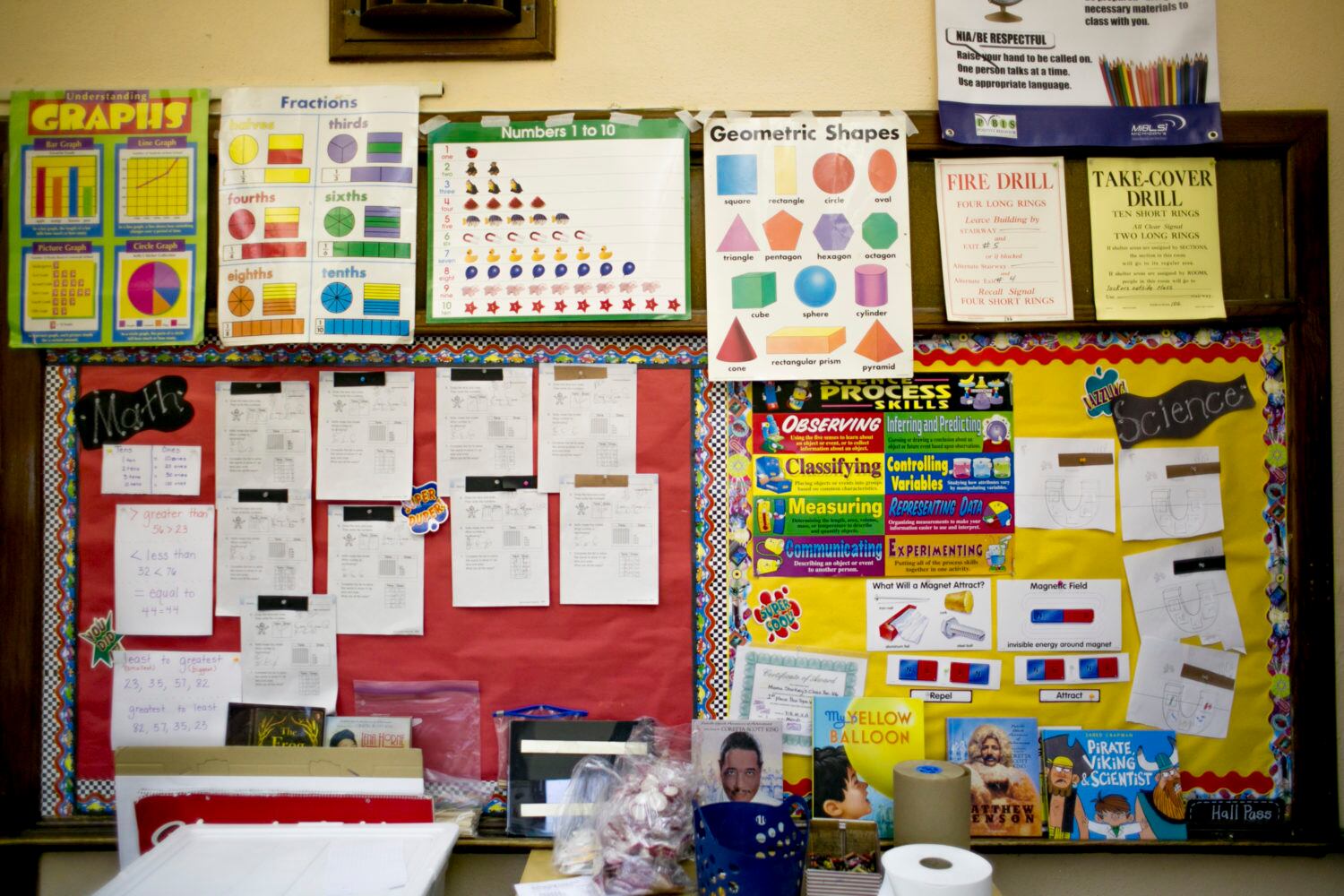As K-12 educators across Michigan brace for the prospect of deep cuts in state funding to schools, state education leaders hope that one pot of revenue will be untouched by the economic impact of the coronavirus.
The State Board of Education on Tuesday approved a resolution urging state lawmakers and state Congressional members to push to ensure that federal funding to Michigan schools remains at current levels.
“We are not asking for more than what we have today,” said Casandra Ulbrich, president of the eight-member elected board, which makes policy decisions and advises lawmakers about schools. Almost 12% of Michigan’s $15.2 billion school aid budget comes from federal funding.
“It’s an urgent need right now to make sure these kids get as best of an education as we can give them,” said Michelle Fecteau, a board member from Detroit.
In years past, when school districts have faced deep budget cuts, they’ve increased class sizes, cut art and music classes, reduced busing, privatized key services such as transportation and janitorial, laid off staff, and closed schools and programs.
The push to keep federal funding intact comes as school leaders are hearing dire news about big declines in state revenue and how they’re likely to result in massive cuts in school funding.
Any reduction in school funding will hit hard in Michigan and across the country, given how much learning has been lost as schools shift to remote instruction. Education experts predict many students will begin the 2020-21 school year behind academically, and require additional services to catch up. Cuts could particularly hurt in urban communities like Detroit and rural areas, where there are large inequities in funding and resources.
During Tuesday’s state board meeting, Deputy Superintendent Kyle Guerrant told board members that current estimates show a state revenue decline of $1 billion to $3 billion in the general fund and the school aid fund (the two main sources of state funding for schools) for the current fiscal year, and of $1 billion to $4 billion for the next fiscal year.
“As an example, a $1 billion decline in revenue in the school aid fund alone would translate into a cut of approximately $685 per student,” Guerrant said.
Meanwhile, in a report in Bridge Magazine Monday, a Republican leader in the state Senate said he’s been warning school leaders that there could be a 25% reduction in funding for schools. That could amount to a $2,000 per student loss for a district that now receives about $8,000 per student.
“That would be absolutely devastating to our schools,” Ulbrich said.
Michigan schools will receive $391 million through the federal Coronavirus Aid, Relief, and Economic Security Act — one-time money which is intended to help with the impact of the pandemic.
State Superintendent Michael Rice said that money won’t be enough if the predictions in state funding declines prove correct. That’s why he said the resolution urging for a preservation in federal funding is important.
The resolution, though, touched off debate among board members. Tom McMillin, a board member from Oakland Township, asked if there are areas where schools could save money. He said he’s concerned about a potential push to increase taxes to help schools.
“To try to pile debt on the back of kids in future generations is probably not a good answer either,” McMillin said. “Everybody is trying to get by with less.”
Detroit Superintendent Nikolai Vitti discussed the potential cuts during a school board meeting Tuesday night.
“We believe that whether it’s a 10% or 25% cut, our commitment will be to protect jobs, current income and student programming. We believe that those three can be protected as we move forward with creating our budget.”
The cuts are unfortunate, Vitti said. But he noted that budgeting measures the district has put in place over the last three years mean that when students come back to school in the fall, whether it’s face-to-face, at home or a blend of the two, “We’ll be in a position to sustain what we’ve been able to do for students over the last few years.”
Staff writer Eleanore Catolico contributed to this report.






